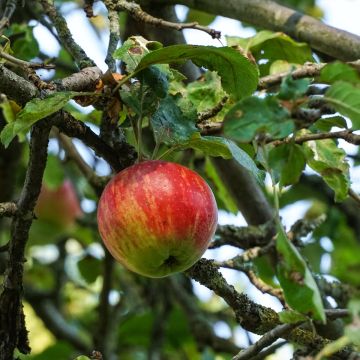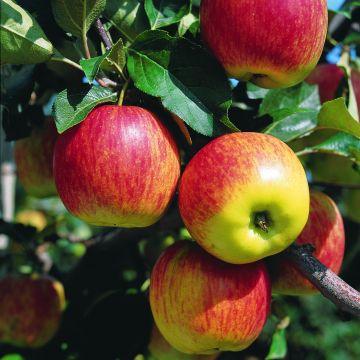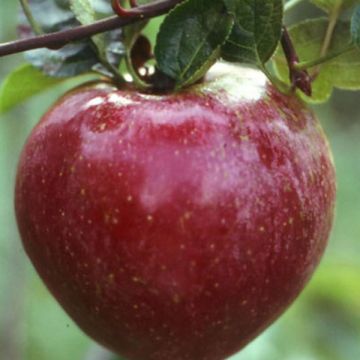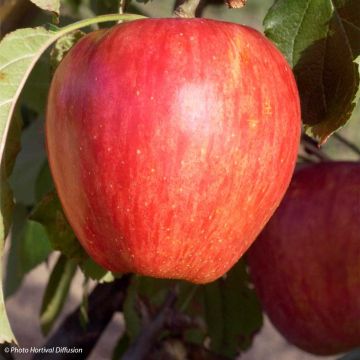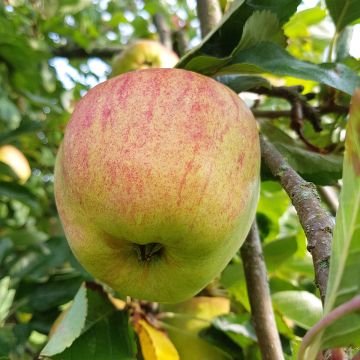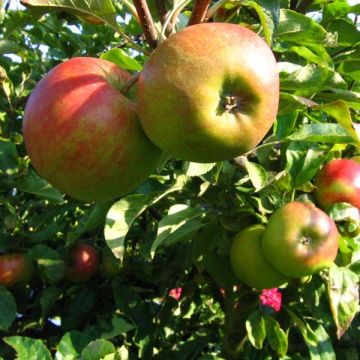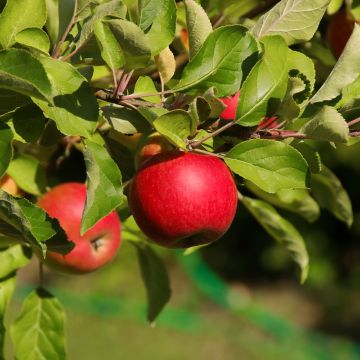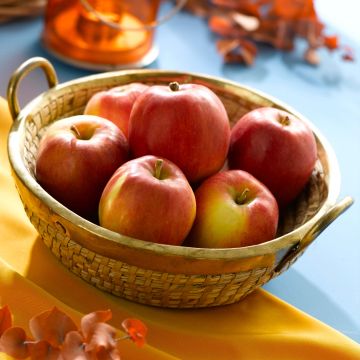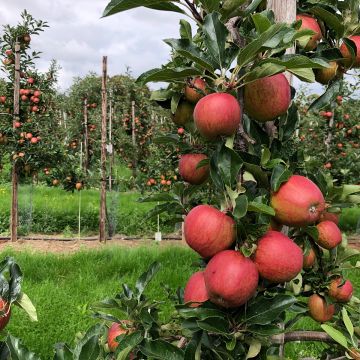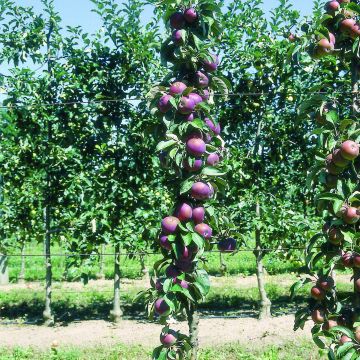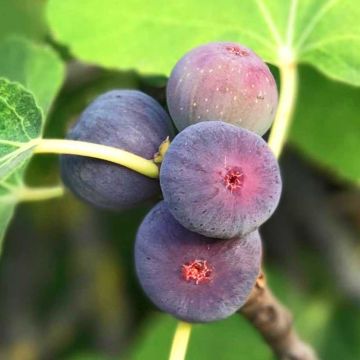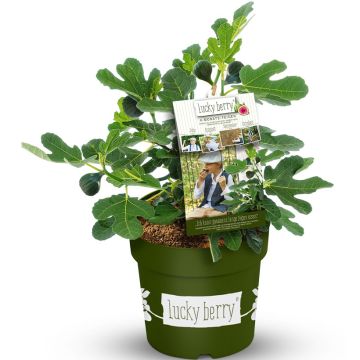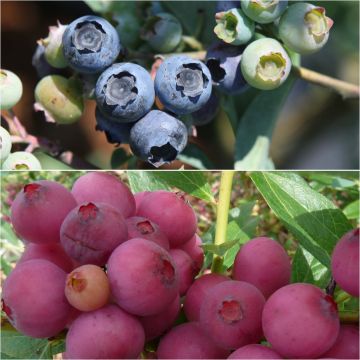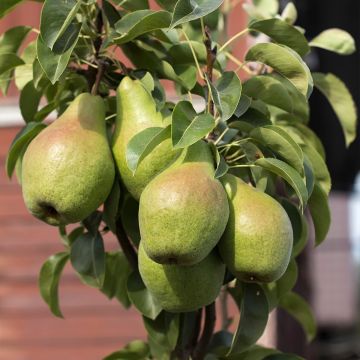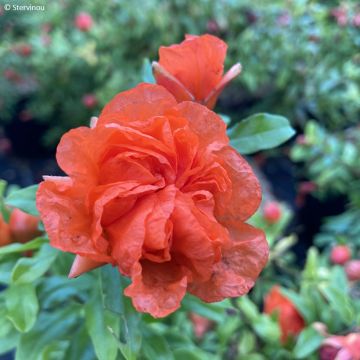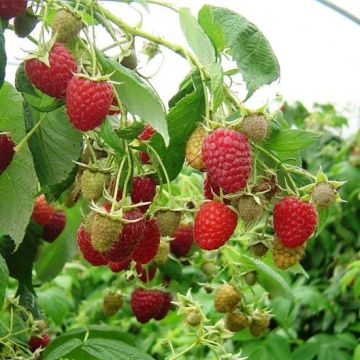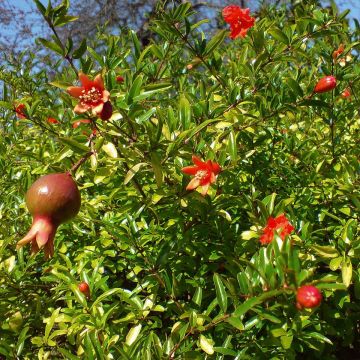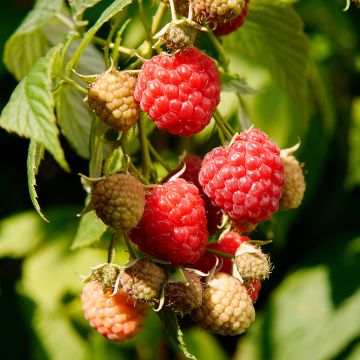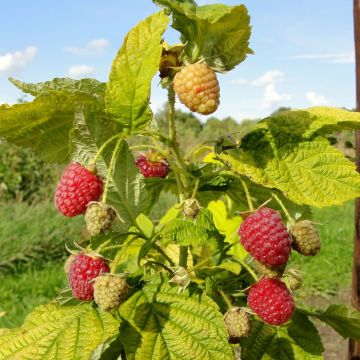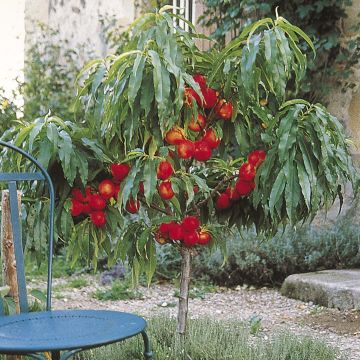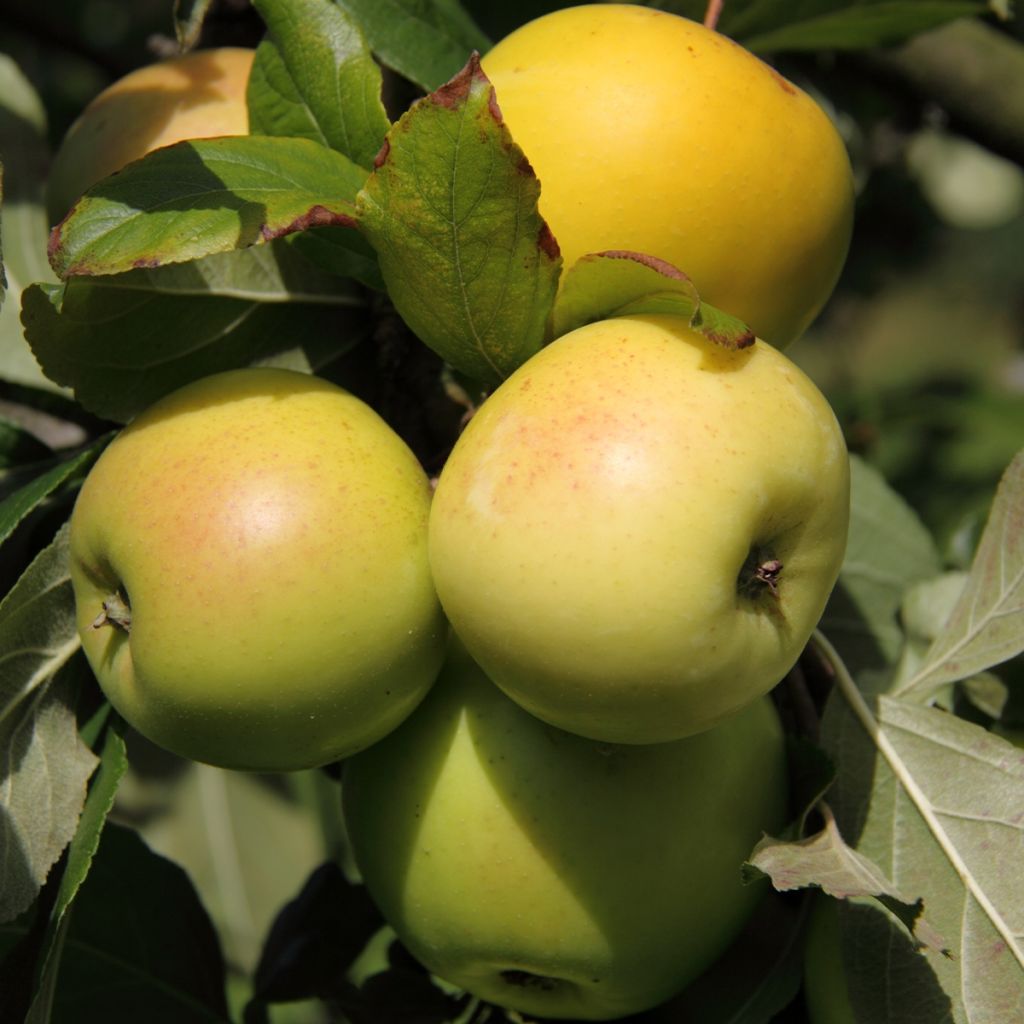

Pommier nain autofertile Fruit me Apple me Yellow Golden
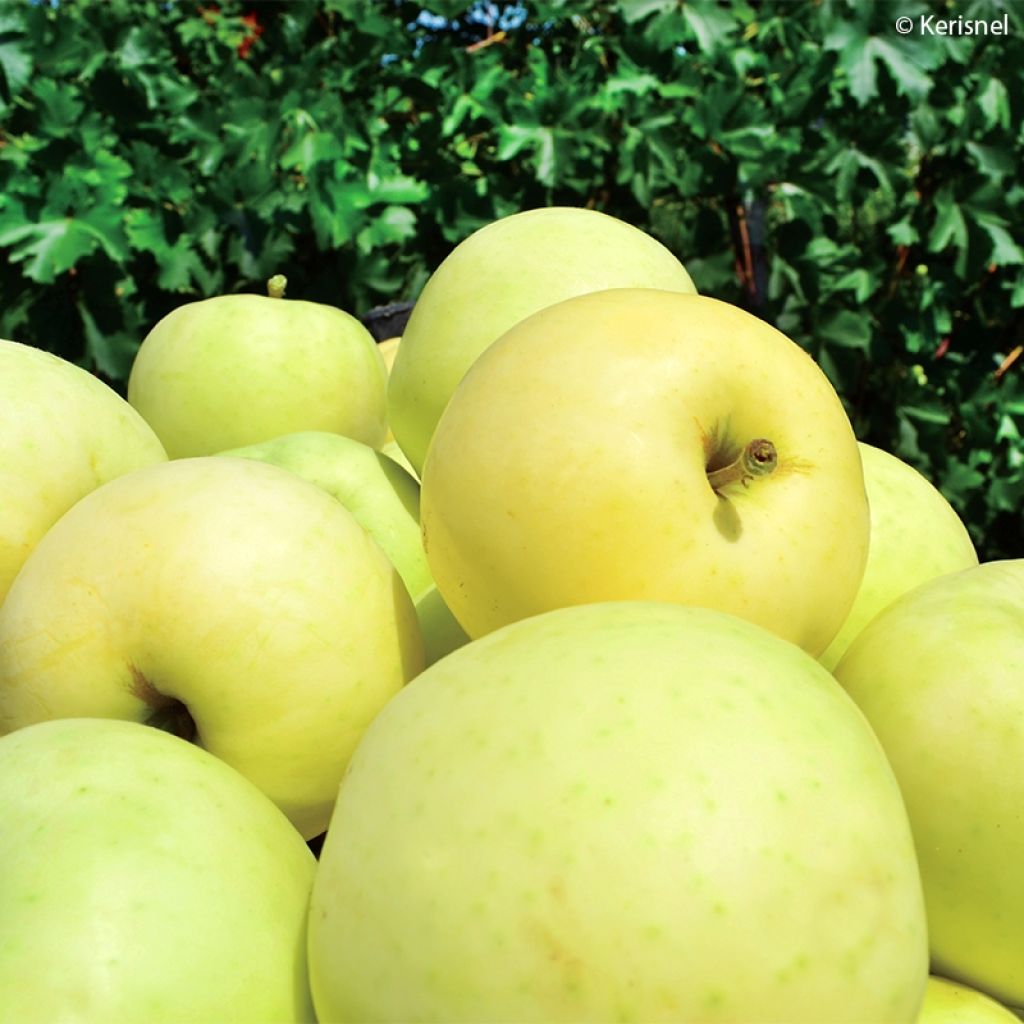

Pommier nain autofertile Fruit me Apple me Yellow Golden
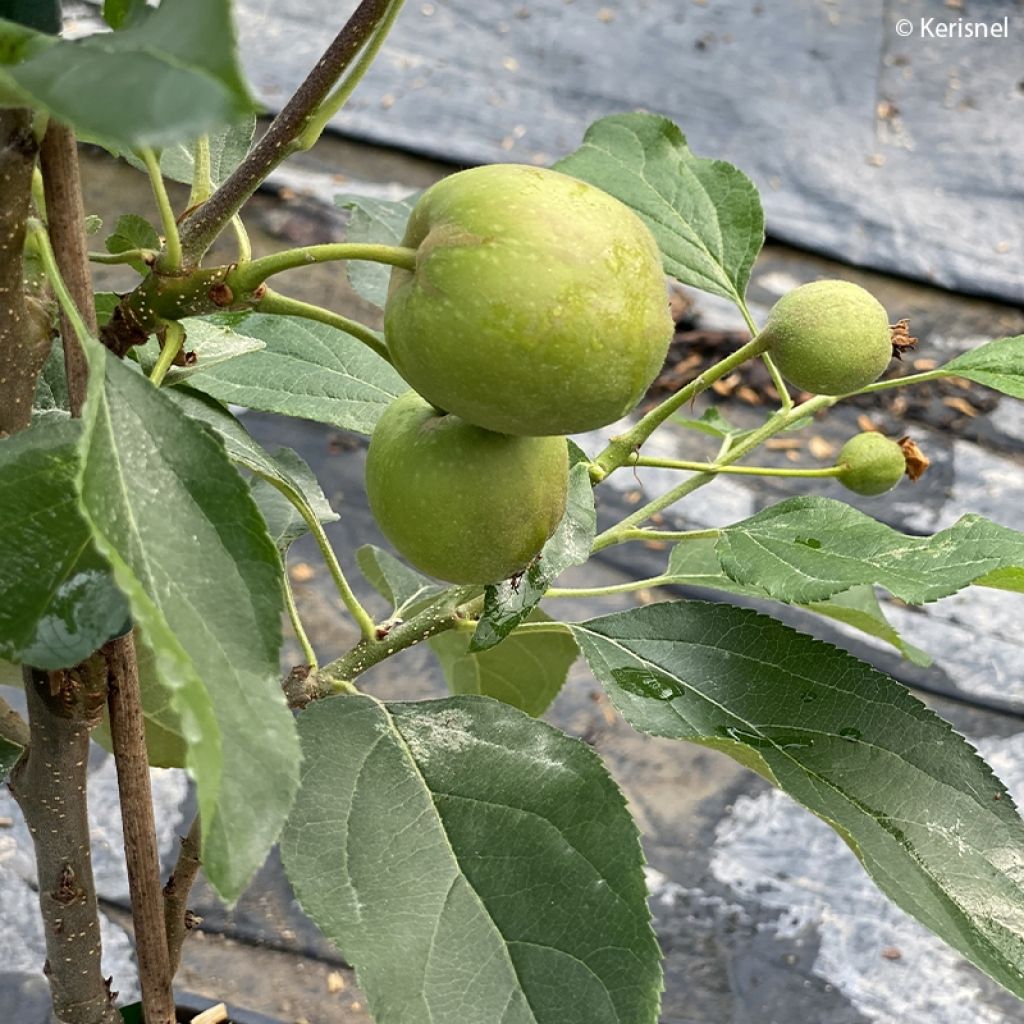

Pommier nain autofertile Fruit me Apple me Yellow Golden
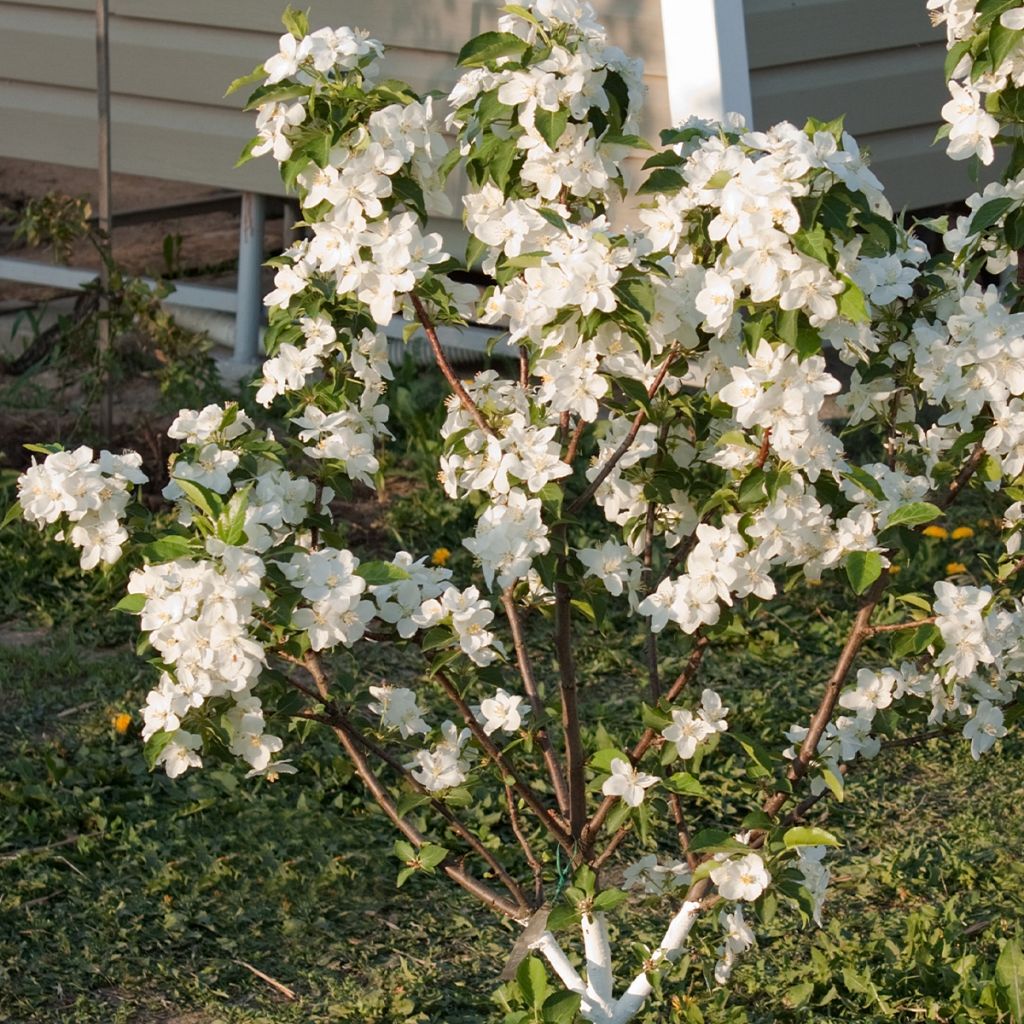

Pommier nain autofertile Fruit me Apple me Yellow Golden
Dwarf self-fertile apple tree Fruit Me Apple Me Yellow Golden
Malus domestica Fruit Me Apple Me Yellow Golden
Apple, Orchard apple, Table apple, Cultivated apple
This item cannot be shipped to the selected country
Delivery charge from €5.90
More information
Schedule delivery date,
and select date in basket
This plant carries a 6 months recovery warranty
More information
We guarantee the quality of our plants for a full growing cycle, and will replace at our expense any plant that fails to recover under normal climatic and planting conditions.
From €5.90 for pickup delivery and €6.90 for home delivery
Express home delivery from €8.90.

Description
The Fruit Me Apple Me Yellow Golden Apple Tree is an interesting fruit tree for its compact size, perfectly suited for container cultivation. This doesn't prevent the plant from producing normal-sized apples, very comparable to Golden Delicious apples, and that, from the first years of cultivation. An excellent eating apple, this fruit is adorned with a golden yellow skin at ripeness, protecting a light yellow flesh that is juicy, crunchy, and sweet. They are harvested in late summer, starting from September. Self-fertile, this variety will produce even more fruit in the presence of a dwarf Fruit Me Apple Me Elstar apple tree, for example.
The apple tree, or Malus pumila var domestica Fruit Me Apple Me Yellow Golden, is part of a series of semi-dwarf fruit trees that are quite revolutionary, recently developed in Spain. All the fruit trees in this range are grafted with a special technique onto a next-generation rootstock that adapts to the available soil volume while allowing for quality fruiting from the first years of cultivation. The Fruit Me range fruit trees are also easy to grow, hardy, reliable, and less susceptible to diseases. All these fruit trees allow you to create a miniature orchard on your patio or balcony!
The Fruit Me Apple Me Yellow Golden apple tree will reach approximately 1.5 m (5ft) in height with a spread of 80 cm (32in) if grown in a pot. In the ground, its dimensions will be larger. It produces uniformly golden yellow-skinned, fairly large, round fruits. The pale yellow flesh is firm, fine, crunchy, fragrant, and balanced between sweetness and acidity. Flowering usually takes place in May, usually avoiding late frosts, and the fruits are harvested in mid-September, while still green. The apples can be stored in a cool place until January, although they tend to become slightly mealy. This apple tree is self-fertile, but the presence of another variety will increase its productivity.
In the kitchen: These apples are particularly suited for baking and eating fresh. They can, of course, be cooked, in compotes, jams, and in savoury dishes, paired with Normandy cheeses, for example.
Report an error about the product description
Dwarf self-fertile apple tree Fruit Me Apple Me Yellow Golden in pictures
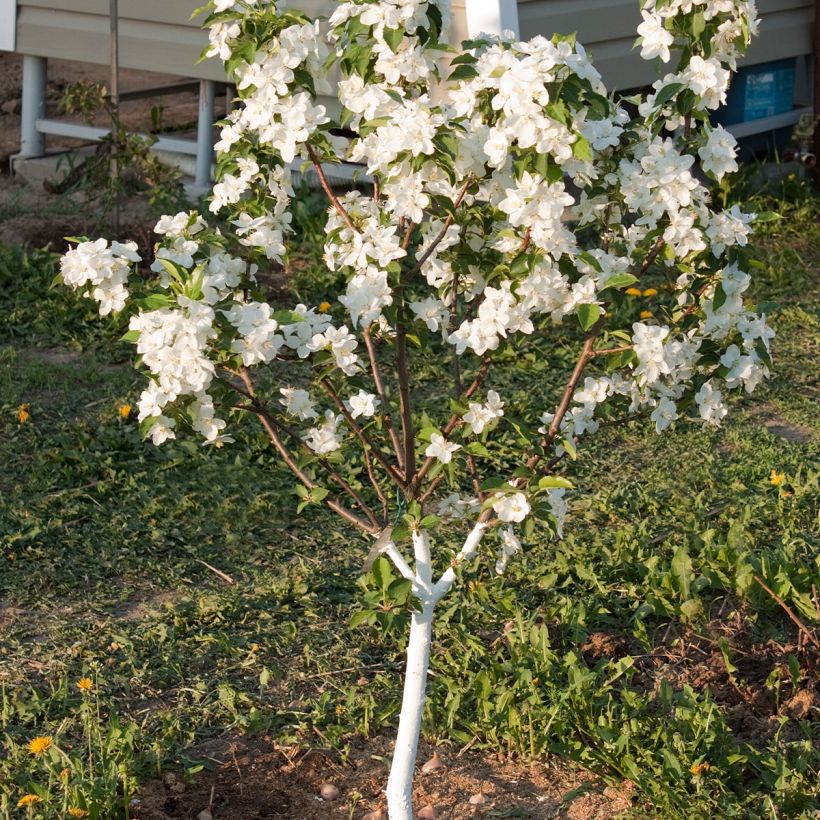

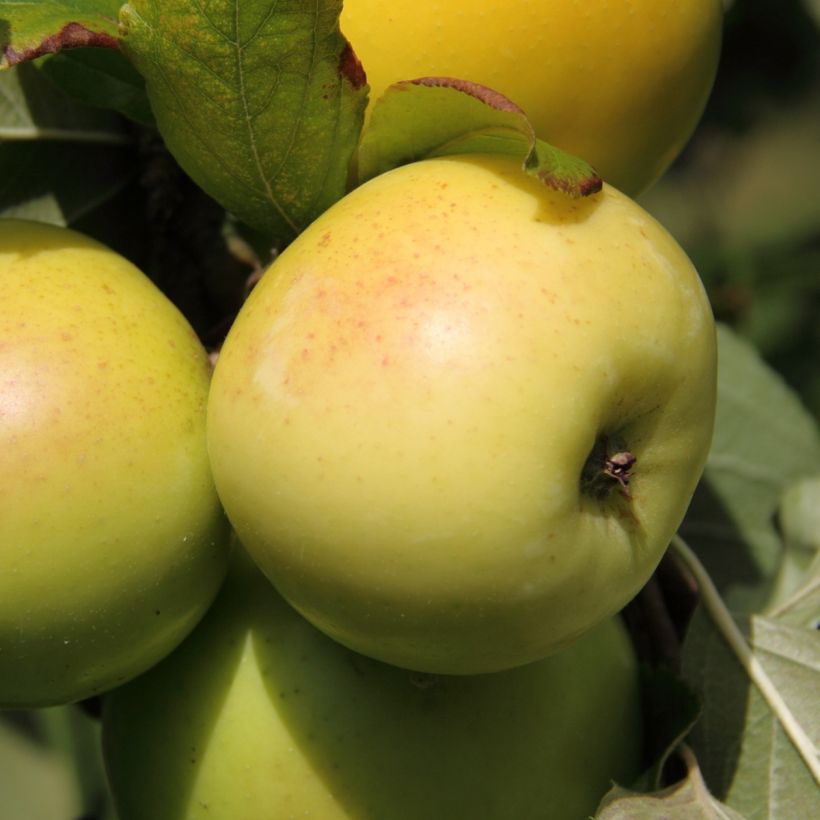

Plant habit
Fruit
Flowering
Foliage
Botanical data
Malus
domestica
Fruit Me Apple Me Yellow Golden
Rosaceae
Apple, Orchard apple, Table apple, Cultivated apple
Cultivar or hybrid
Other Apple trees
Planting and care
Choose, for your Apple Me Golden apple tree, a large pot or container with holes at the bottom (minimum 40 cm (16in) in diameter and 50 cm (20in) deep) that you will fill with a mixture of compost and garden soil. Don't forget to place a layer of clay pellets or gravel at the bottom of the pot to allow excess water to drain. Water regularly and apply fruit tree fertilizer in spring.
If planting in the ground, choose a sunny location with slightly alkaline or acidic soil, but without excess. Dig a wide planting hole at least 3 times the size of the root ball. Simultaneously add organic matter (leaf compost...) and a slow-release fertilizer like crushed horn. Do not bury the graft union. Stake if necessary. Water thoroughly, even in winter or when it rains. Fruit trees are ideally planted between October and March, outside the freezing period. Container-grown plants can be planted year-round, except during periods of extreme heat or frost.
In winter, you can add a small handful of wood ash, which is rich in potash, to improve fruiting. Watch out for possible aphid attacks during the season. A white powdery mildew fungus may appear on the leaves in summer, but it does not harm fruit development in gardens. Harvest takes place in September. Only store picked fruits. Store apples with the stem pointing downwards on shelves or in crates. Choose a preferably completely dark, dry, and cool location, but frost-free.
Planting period
Intended location
Care
-
, onOrder confirmed
Reply from on Promesse de fleurs
Fruit trees for small gardens
Haven't found what you were looking for?
Hardiness is the lowest winter temperature a plant can endure without suffering serious damage or even dying. However, hardiness is affected by location (a sheltered area, such as a patio), protection (winter cover) and soil type (hardiness is improved by well-drained soil).

Photo Sharing Terms & Conditions
In order to encourage gardeners to interact and share their experiences, Promesse de fleurs offers various media enabling content to be uploaded onto its Site - in particular via the ‘Photo sharing’ module.
The User agrees to refrain from:
- Posting any content that is illegal, prejudicial, insulting, racist, inciteful to hatred, revisionist, contrary to public decency, that infringes on privacy or on the privacy rights of third parties, in particular the publicity rights of persons and goods, intellectual property rights, or the right to privacy.
- Submitting content on behalf of a third party;
- Impersonate the identity of a third party and/or publish any personal information about a third party;
In general, the User undertakes to refrain from any unethical behaviour.
All Content (in particular text, comments, files, images, photos, videos, creative works, etc.), which may be subject to property or intellectual property rights, image or other private rights, shall remain the property of the User, subject to the limited rights granted by the terms of the licence granted by Promesse de fleurs as stated below. Users are at liberty to publish or not to publish such Content on the Site, notably via the ‘Photo Sharing’ facility, and accept that this Content shall be made public and freely accessible, notably on the Internet.
Users further acknowledge, undertake to have ,and guarantee that they hold all necessary rights and permissions to publish such material on the Site, in particular with regard to the legislation in force pertaining to any privacy, property, intellectual property, image, or contractual rights, or rights of any other nature. By publishing such Content on the Site, Users acknowledge accepting full liability as publishers of the Content within the meaning of the law, and grant Promesse de fleurs, free of charge, an inclusive, worldwide licence for the said Content for the entire duration of its publication, including all reproduction, representation, up/downloading, displaying, performing, transmission, and storage rights.
Users also grant permission for their name to be linked to the Content and accept that this link may not always be made available.
By engaging in posting material, Users consent to their Content becoming automatically accessible on the Internet, in particular on other sites and/or blogs and/or web pages of the Promesse de fleurs site, including in particular social pages and the Promesse de fleurs catalogue.
Users may secure the removal of entrusted content free of charge by issuing a simple request via our contact form.
The flowering period indicated on our website applies to countries and regions located in USDA zone 8 (France, the United Kingdom, Ireland, the Netherlands, etc.)
It will vary according to where you live:
- In zones 9 to 10 (Italy, Spain, Greece, etc.), flowering will occur about 2 to 4 weeks earlier.
- In zones 6 to 7 (Germany, Poland, Slovenia, and lower mountainous regions), flowering will be delayed by 2 to 3 weeks.
- In zone 5 (Central Europe, Scandinavia), blooming will be delayed by 3 to 5 weeks.
In temperate climates, pruning of spring-flowering shrubs (forsythia, spireas, etc.) should be done just after flowering.
Pruning of summer-flowering shrubs (Indian Lilac, Perovskia, etc.) can be done in winter or spring.
In cold regions as well as with frost-sensitive plants, avoid pruning too early when severe frosts may still occur.
The planting period indicated on our website applies to countries and regions located in USDA zone 8 (France, United Kingdom, Ireland, Netherlands).
It will vary according to where you live:
- In Mediterranean zones (Marseille, Madrid, Milan, etc.), autumn and winter are the best planting periods.
- In continental zones (Strasbourg, Munich, Vienna, etc.), delay planting by 2 to 3 weeks in spring and bring it forward by 2 to 4 weeks in autumn.
- In mountainous regions (the Alps, Pyrenees, Carpathians, etc.), it is best to plant in late spring (May-June) or late summer (August-September).
The harvesting period indicated on our website applies to countries and regions in USDA zone 8 (France, England, Ireland, the Netherlands).
In colder areas (Scandinavia, Poland, Austria...) fruit and vegetable harvests are likely to be delayed by 3-4 weeks.
In warmer areas (Italy, Spain, Greece, etc.), harvesting will probably take place earlier, depending on weather conditions.
The sowing periods indicated on our website apply to countries and regions within USDA Zone 8 (France, UK, Ireland, Netherlands).
In colder areas (Scandinavia, Poland, Austria...), delay any outdoor sowing by 3-4 weeks, or sow under glass.
In warmer climes (Italy, Spain, Greece, etc.), bring outdoor sowing forward by a few weeks.

































